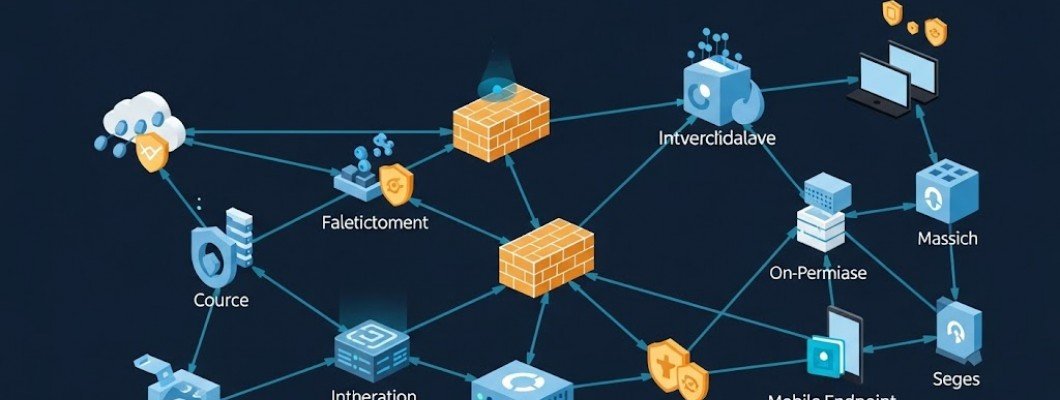
Over the past decade, the cybersecurity landscape has undergone a radical transformation, evolving from a set of perimeter defenses to a complex, interconnected ecosystem. Today, as threats become increasingly sophisticated and attack surfaces expand limitlessly, a promising new approach emerges: the Cybersecurity Mesh Architecture (CSMA). But before diving into this innovative paradigm, let's take a step back to understand how we got here.
The Evolution of Cybersecurity: A Decade of Transformations
Just a decade ago, cybersecurity was largely focused on protecting the corporate "perimeter." Firewalls, antivirus software, and intrusion detection systems were the main bulwarks. Companies primarily operated within their physical networks, and external access was strictly controlled.
However, the advent of cloud computing, the proliferation of mobile devices, and the explosion of the Internet of Things (IoT) shattered this model. Resources no longer reside in a single, defined location. Data is distributed across public and private clouds, employees work remotely on personal devices, and billions of sensors and IoT devices constantly generate and transmit information.
This disintegration of the perimeter exposed new vulnerabilities. Traditional "castle" defenses became insufficient against increasingly targeted and complex attacks, such as ransomware, supply chain attacks, and advanced persistent threats (APTs).
Consequently, the industry rapidly evolved, giving rise to new strategies and technologies:
- Zero Trust Architecture (ZTA): Abandoning the concept of implicit trust, Zero Trust assumes that no entity, internal or external, should be trusted by default. Every access request is verified and authorized.
- Security Information and Event Management (SIEM): Tools that collect and analyze security logs from various sources to identify anomalies and potential threats.
- Endpoint Detection and Response (EDR): Solutions that continuously monitor endpoints for suspicious activity, allowing for rapid detection and response to attacks.
- Cloud Security Posture Management (CSPM) and Cloud Workload Protection Platform (CWPP): Specific tools for cloud environment security, focused on configuration, compliance, and workload protection.
- Threat Intelligence: The collection and analysis of threat information to anticipate and prevent attacks.
Despite these advancements, the challenge persisted: how to orchestrate and integrate all these heterogeneous solutions into a coherent and effective architecture? This is where the Cybersecurity Mesh comes in.
The Cybersecurity Mesh: A Distributed and Collaborative Approach
The Cybersecurity Mesh Architecture (CSMA), promoted by Gartner as a top technology trend, represents a significant paradigm shift. Instead of consolidating security into a single point or relying on perimeter defenses, CSMA proposes a modular and distributed approach.
Imagine no longer a single fortress, but a connective fabric of security control points, strategically distributed across every corner of the infrastructure. The goal is to extend the security perimeter to every single device, user, or resource that needs protection, wherever it may be.
The fundamental principles of the Cybersecurity Mesh include:
- Identity-Centric Security: Identity (of user, device, application) becomes the new perimeter. All access decisions and security policies are based on identity, applying Zero Trust principles.
- APIs for Integration: Different security solutions, even from different vendors, communicate and collaborate through standardized API interfaces. This allows for greater interoperability and orchestration of security policies.
- Distributed Analytics and Intelligence: Threat analysis and intelligence capabilities are distributed and integrated across all control points, ensuring real-time visibility and detection.
- Flexible Policy Management: Security policies can be defined with granularity and applied consistently across all resources, regardless of their location.
Current Techniques and Future Developments in the Cybersecurity Mesh
The Cybersecurity Mesh is not a single technology, but an architecture that integrates and enhances existing and emerging solutions.
Current techniques already integrated or forming:
- Advanced Identity and Access Management (IAM): More robust IAM systems, often based on blockchain or other decentralized technologies, serving as the core of the Mesh.
- Microsegmentation: The division of networks and workloads into smaller, isolated segments, each with its own security policies, reducing the attack surface in case of a breach.
- Cloud Access Security Brokers (CASB): Tools that extend on-premise security policies to cloud services, monitoring activity and enforcing controls.
- Security Service Edge (SSE): An evolution of Secure Access Service Edge (SASE), which combines cloud-based security functionalities like SWG (Secure Web Gateway), CASB, and ZTNA (Zero Trust Network Access) to protect access to the internet, cloud services, and private applications.
- API Security: Greater emphasis on protecting APIs, which are the glue of the Mesh, preventing abuse and attacks.
- Security Orchestration and Automation (SOAR): Platforms that automate incident responses and orchestrate actions between different security solutions.
Towards the Future of the Mesh:
- Artificial Intelligence (AI) and Machine Learning (ML) for Predictive Analytics: AI and ML will be increasingly integrated to identify attack patterns, predict emerging threats, and automate responses, making the Mesh even more proactive.
- Quantum Security: With the advancement of quantum computers, current cryptography could be compromised. The Mesh will need to evolve to integrate post-quantum cryptographic algorithms.
- Blockchain for Reliability and Transparency: Blockchain technology could be used to create immutable logs of security events and for decentralized identity management, increasing trust and transparency within the Mesh.
- Continuous and Automated Compliance: The Mesh's ability to automatically monitor and enforce regulatory compliance policies, simplifying compliance management in complex environments.
- Integration with OT/IoT Environments: Extension of the Mesh to more effectively protect critical infrastructure and billions of IoT devices, often overlooked by traditional security solutions.
Conclusion
The Cybersecurity Mesh Architecture is not just a trend, but an evolutionary necessity. In an increasingly interconnected and distributed world, old security strategies are bound to fail. The Mesh offers a holistic and adaptable view of security, allowing organizations to protect their resources wherever they may be, with greater effectiveness, flexibility, and responsiveness. Adopting the principles of the Cybersecurity Mesh means investing in a future where security is not an obstacle, but an enabler for innovation and growth.

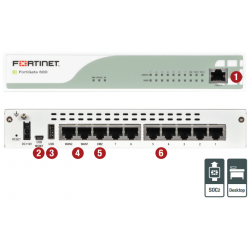
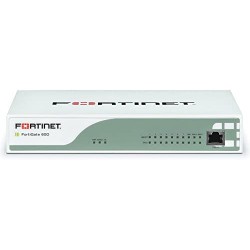
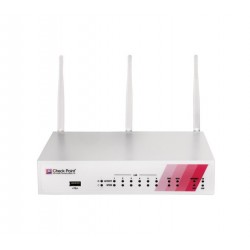

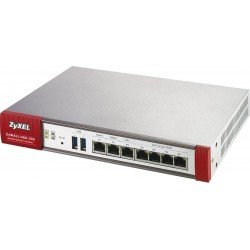
Leave a Comment